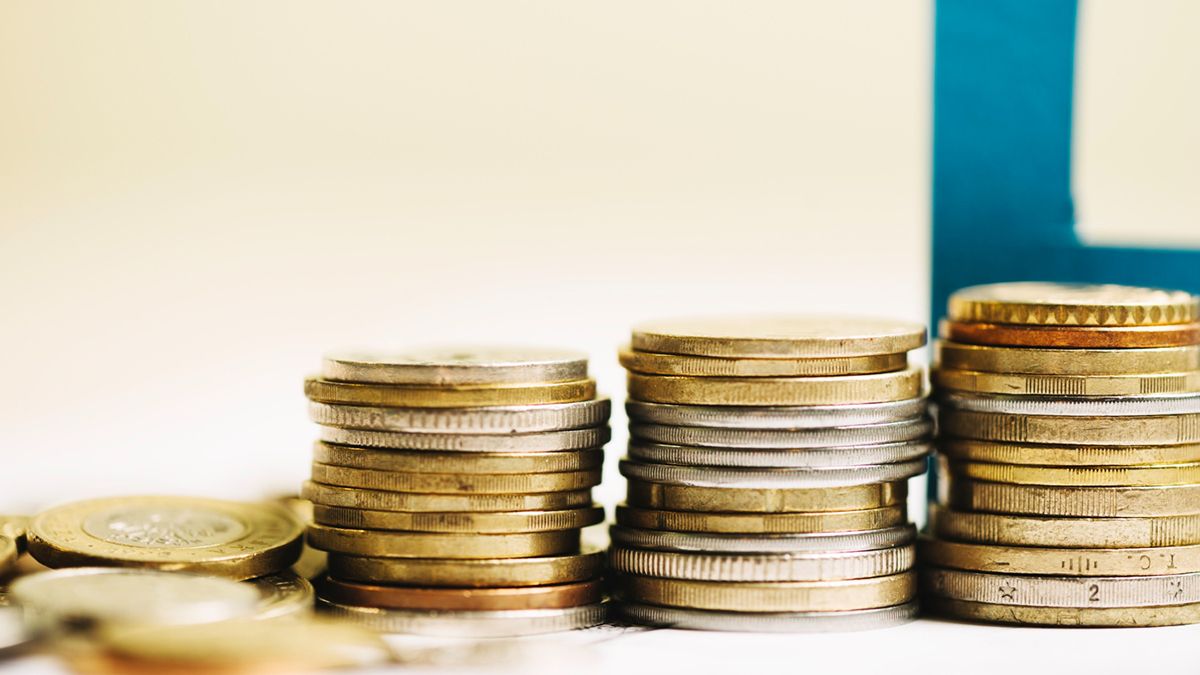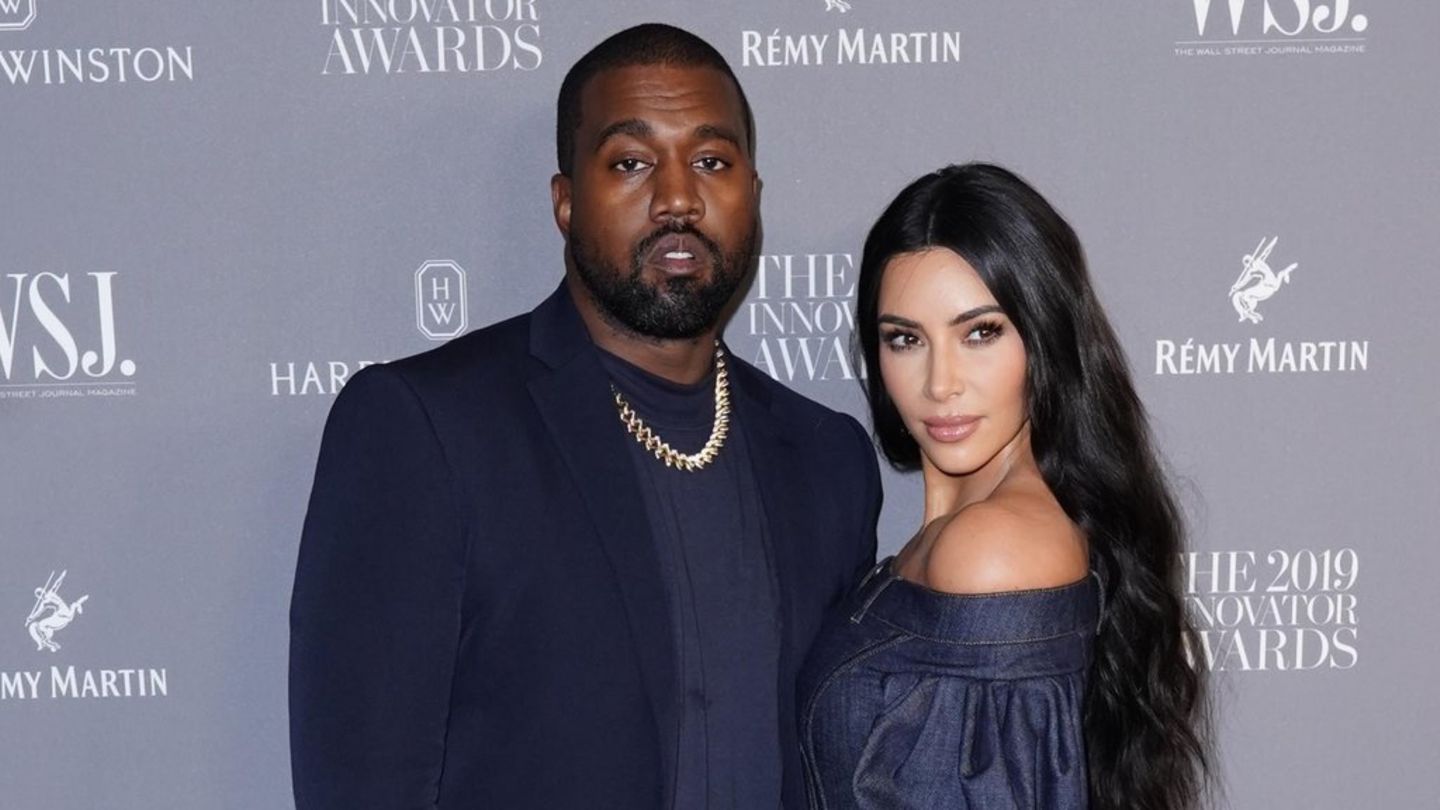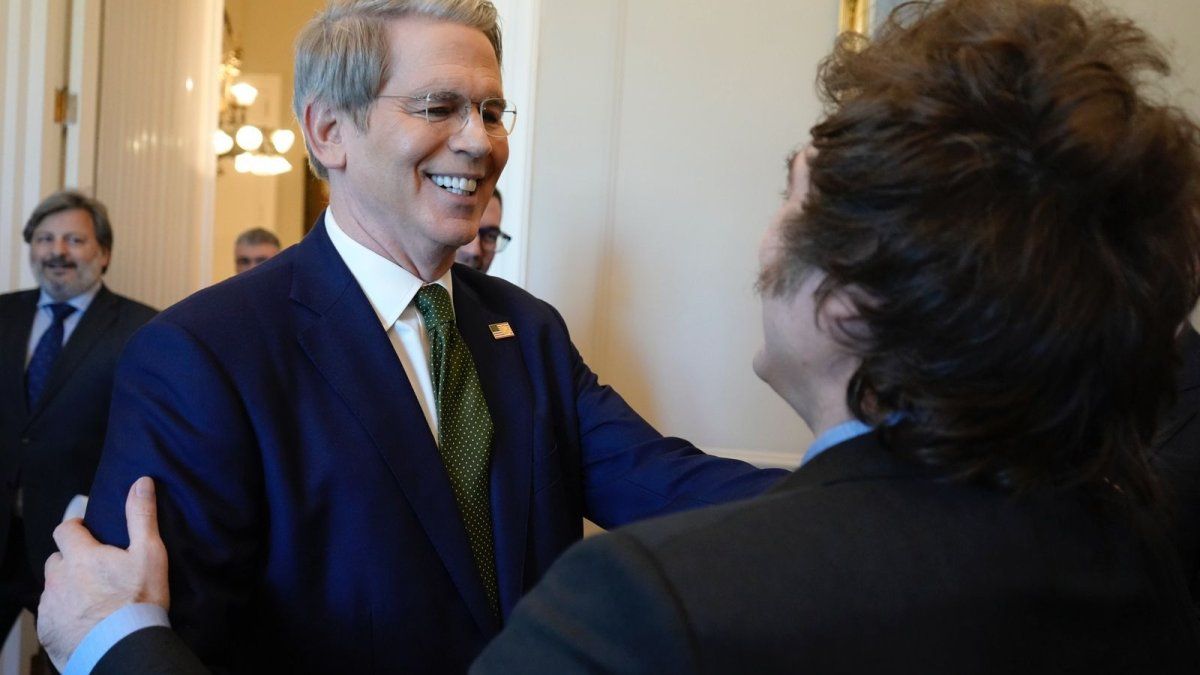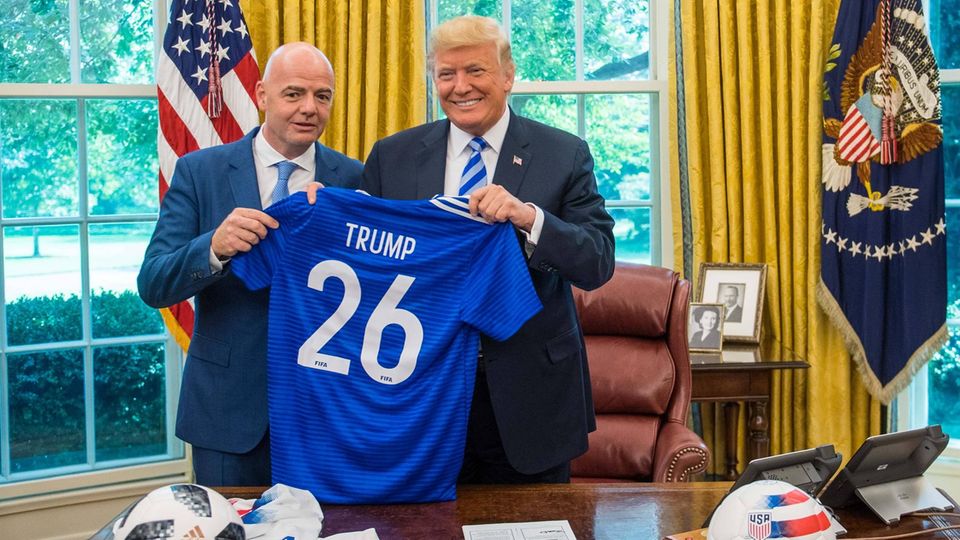The president of the Chicago Fed raised the need to question short-term rates in an economy that seems to be stabilizing.
The president of Federal Reserve Bank of Chicago, Austan Goolsbeestill waiting for the inflation cools even more as part of the process that would open the door to a drop in interest rates.
The content you want to access is exclusive to subscribers.
Goolsbee described himself as “very optimistic that we’re going to see improvement” on the inflation front and said in an interview on CNBC Monday that he’s hopeful the Fed will get “a little bit more confidence.” that on the inflation side” pressures are declining after having been higher than expected at the beginning of the year.


While Goolsbee declined to comment on the timing of the rate cuts, he said policymakers should consider whether the high level of the U.S. short-term rate target range Fed, now between 5.25% and 5.5%, is appropriate for an economy that is beginning to show signs of cooling outside of inflation.
A very restrictive monetary policy has been implemented because “it’s about protecting against overheating,” Goolsbee explained.
“If applications for unemployment benefits increase, the unemployment rate is slowly rising, many of the other measures have cooled to something close to what they were before the pandemic, and you’re starting to see weakness in consumer spending,” Goolsbee said at that point the Fed needs to think more about balancing the two. sides of their mandates inflation and employment.
That’s because “if we’re going to be tighter for too long, we’re going to have to start worrying about what’s happening with the real economy” and whether that monetary policy setting is slowing the economy down too much.
At the Fed meeting earlier this month, policymakers forecast just one rate cut for the year, down from three in March forecasts. Markets are currently expecting a reduction in the cost of credit in September.
Source: Ambito




